Shani Harris
Dec 20, 2019
10/10
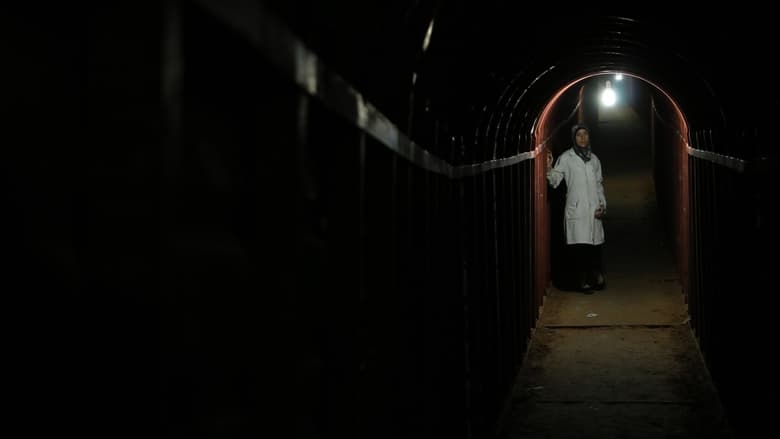
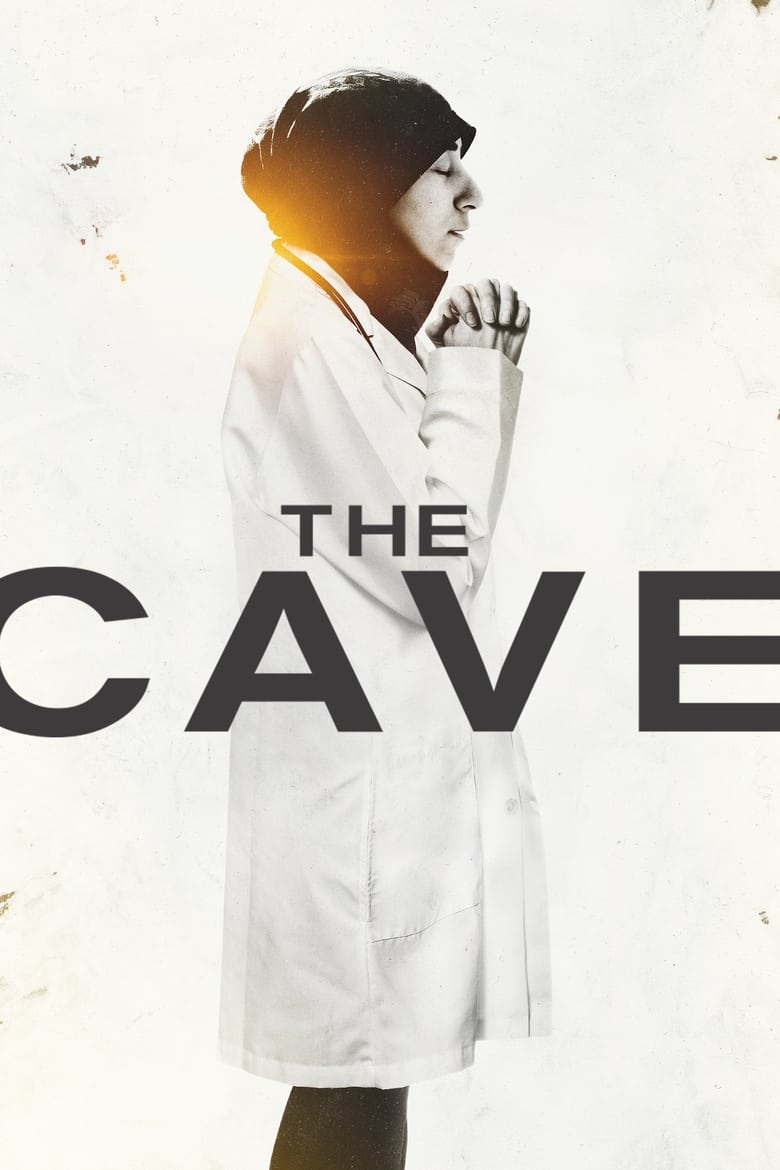
7.2/10 • 51
2019-10-18 • 1h 47m
Hope Shines in the Darkest Places
Deep beneath the surface in the Syrian province of Ghouta, a group of female doctors have established an underground field hospital. Under the supervision of paediatrician Dr. Amani and her staff of doctors and nurses, hope is restored for some of the thousands of children and civilian victims of the ruthless Syrian civil war.

2019-10-18 • 1h 47m
7.2/10 • 51
Hope Shines in the Darkest Places
Deep beneath the surface in the Syrian province of Ghouta, a group of female doctors have established an underground field hospital. Under the supervision of paediatrician Dr. Amani and her staff of doctors and nurses, hope is restored for some of the thousands of children and civilian victims of the ruthless Syrian civil war.
Amani Ballour
Herself
Salim Namour
Himself
Dec 20, 2019
10/10

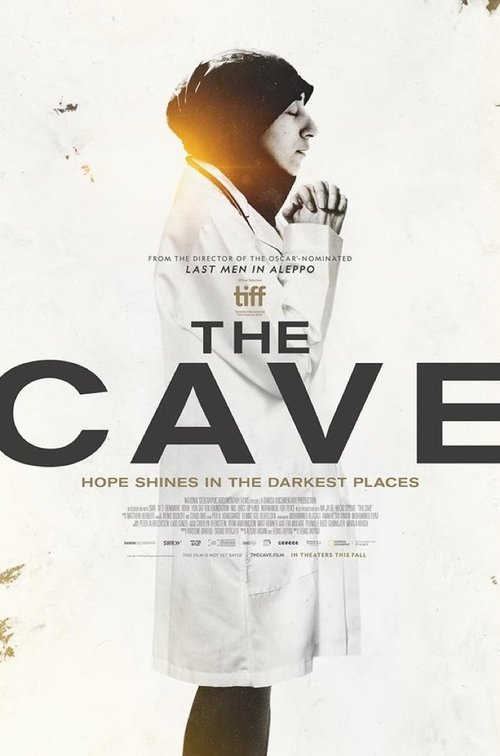

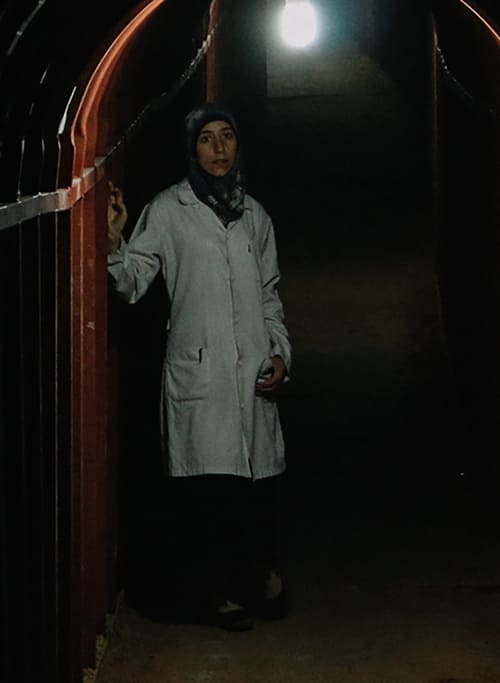

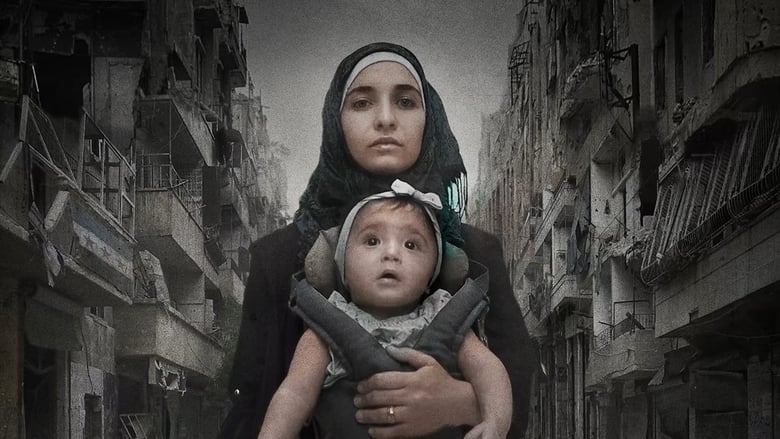
For Sama
8.2

My Zoe
6.5
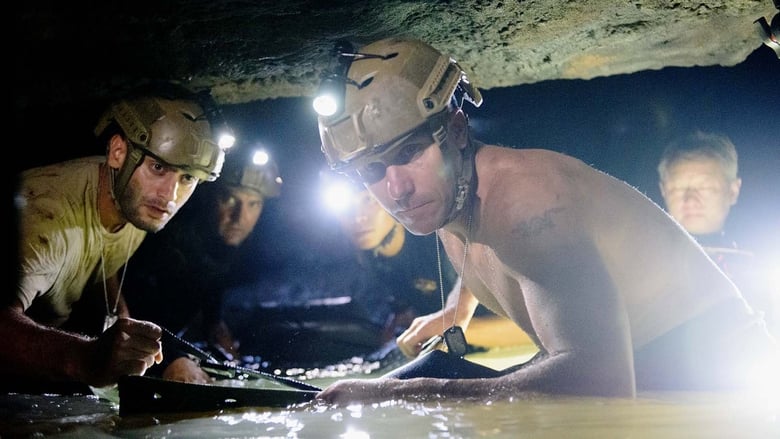
Cave Rescue
5.9
No Backdrop
Objector
8.5
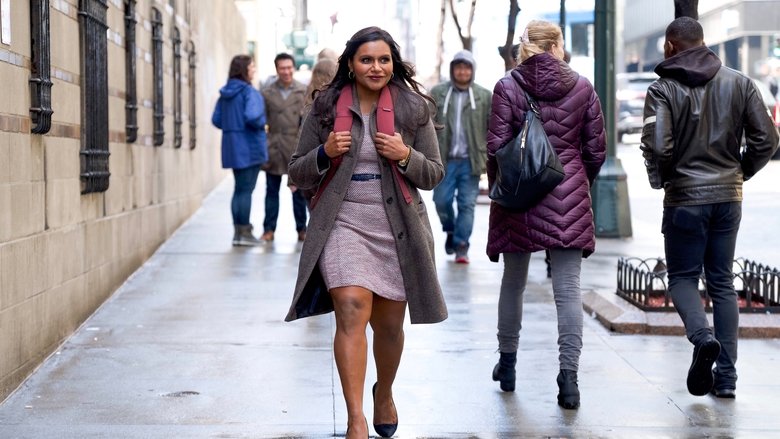
Late Night
6.4

Harriet
7.3
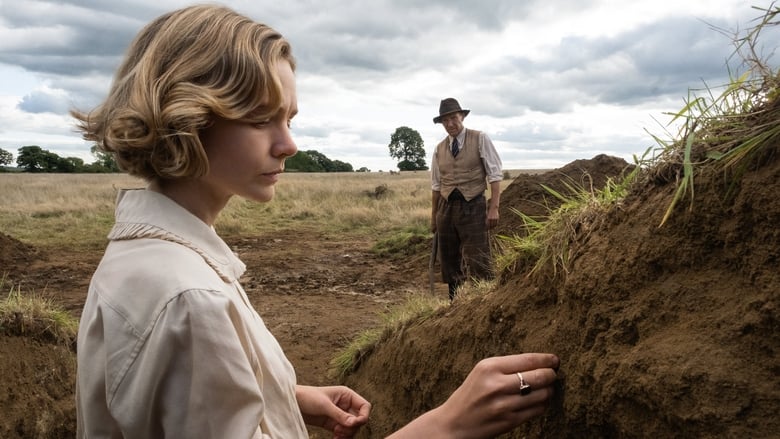
The Dig
6.9
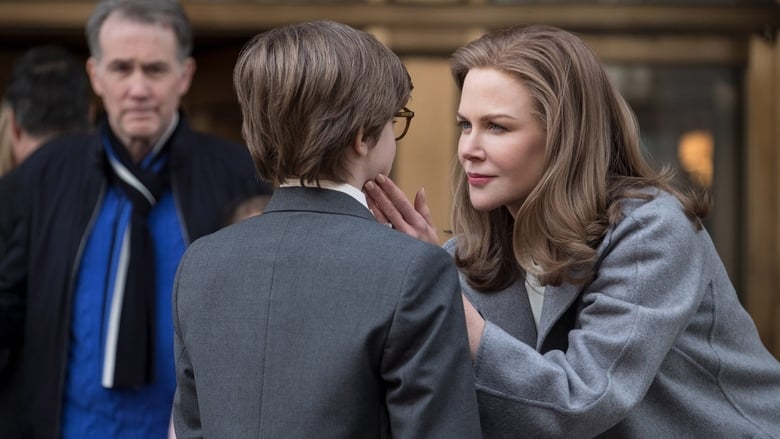
The Goldfinch
7.1
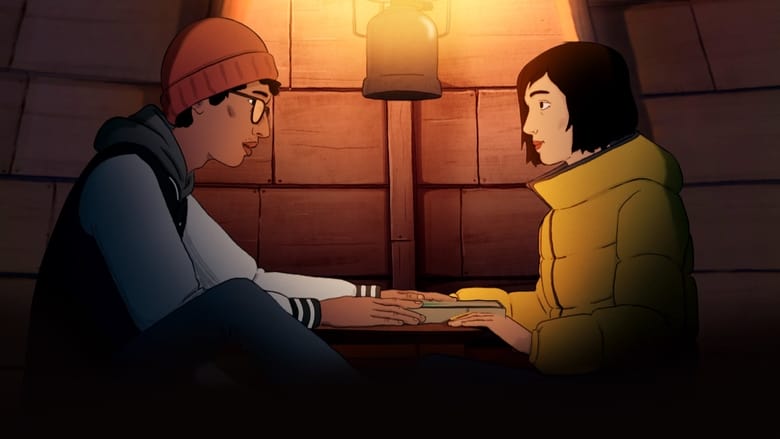
I Lost My Body
7.5

Cheaper by the Dozen
6.3

Hustlers
6.5

Hellboy
5.6
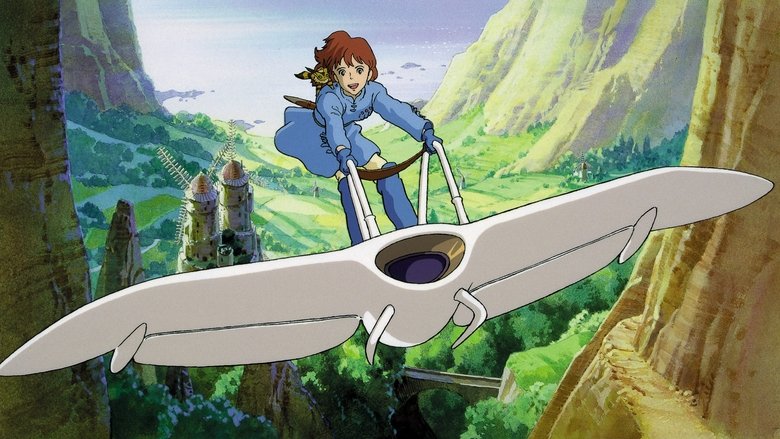
Nausicaä of the Valley of the Wind
8.0

mother!
7.0

How to Train Your Dragon: The Hidden World
7.8
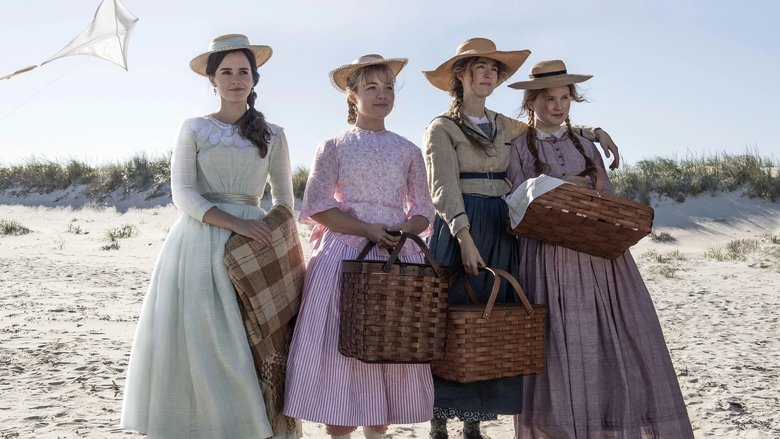
Little Women
7.9
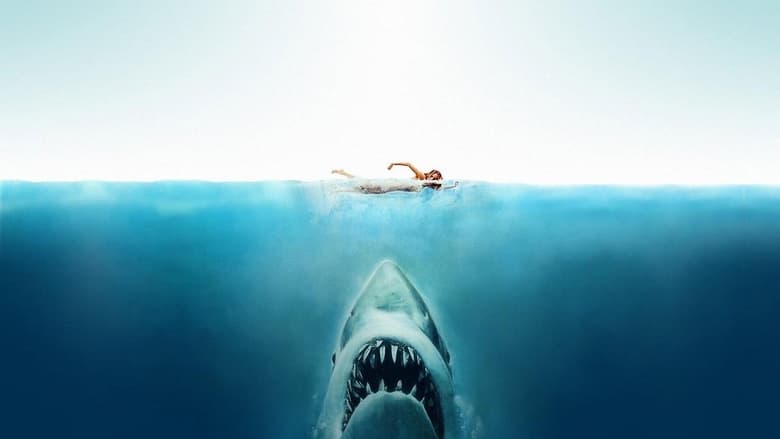
Jaws
7.7

Frozen II
7.2
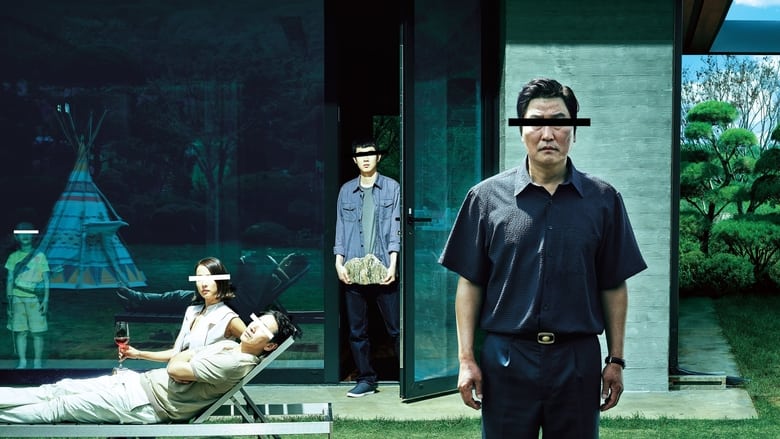
Parasite
8.5
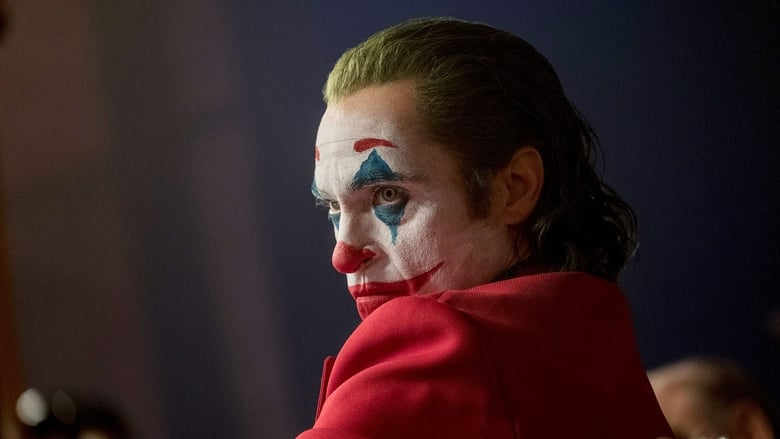
Joker
8.1